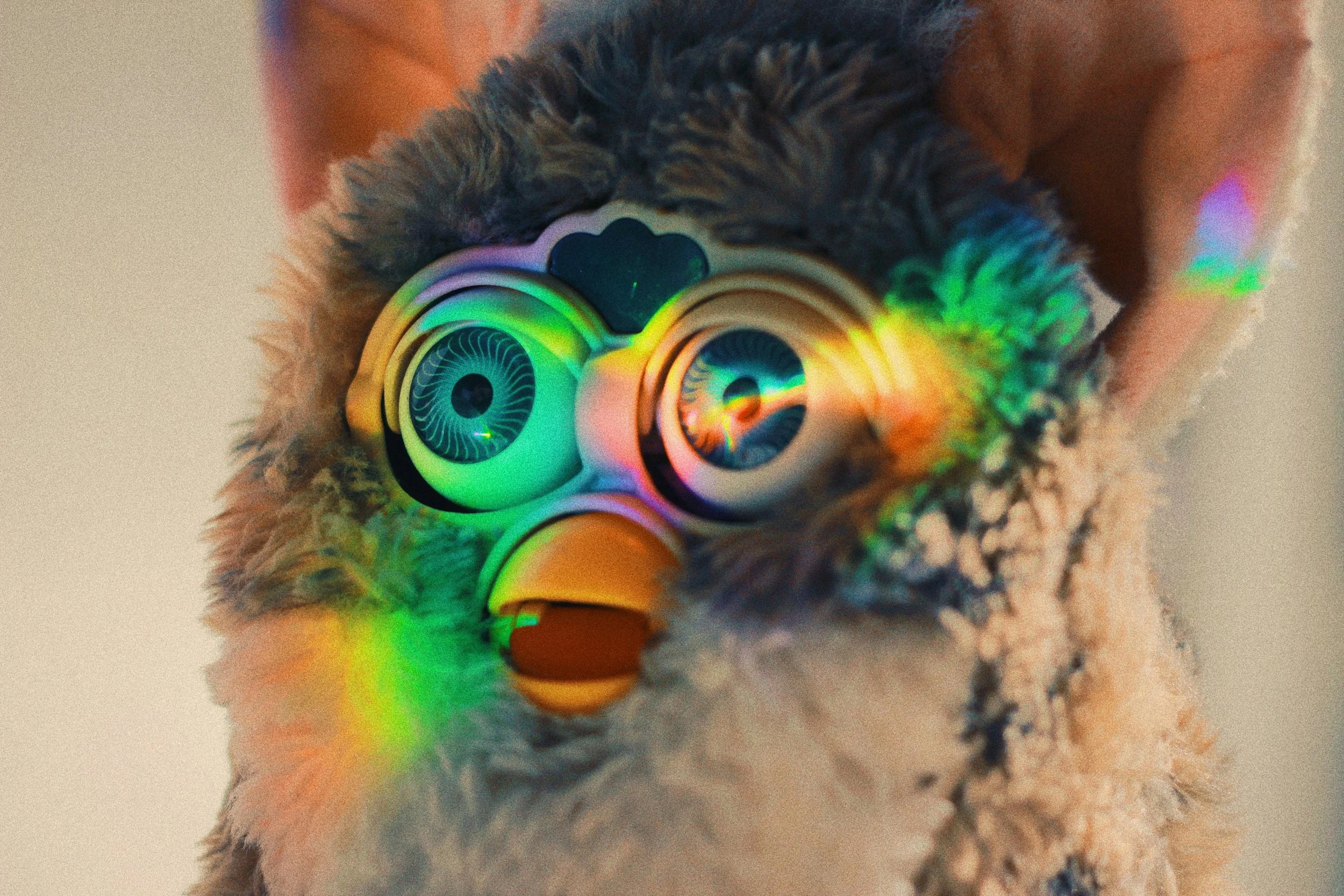OpenAI-Backed “Critterz” Aims to Prove Generative Animation Can Carry a Movie, Not Just a Meme
With a budget under $30 million and a tiny crew, the film’s hybrid pipeline could redefine mid-tier animation economics if audiences embrace its algorithm-assisted artistry.
Photo by Vickie Intili: https://www.pexels.com/photo/electronic-robotic-toy-5418877/
A sub-$30 million budget, under-50 core team, and a pipeline that uses generative tools for motion, textures, and lighting; if the film lands festival play, it could become the case study for mid-budget AI features and a new economics for animation.
OpenAI has partnered with Vertigo Films and creative studio Native Foreign on “Critterz,” a 2026 AI-assisted animated feature designed to pressure-test whether generative pipelines can support a full narrative film. The team claims it can do with a few dozen artists what would typically take hundreds, by leaning on models to propose camera moves, interpolate in-betweens, and fill background detail that human supervisors then curate and correct.
The economics are the headline. Traditional studio animation can cost $150–$200 million with global vendor networks; “Critterz” is targeting under $30 million, with producers arguing that the savings come from compressing phases—storyboards into blocking animatics, asset swaps into style-consistent scenes—and from eliminating layers of redundant review. If even half of those efficiencies hold, mid-budget animation suddenly looks viable for streamers and independents again.
Quality remains the question. Early AI animation often stumbles on continuity and character specificity, and audiences can sense when movement lacks intention. The “Critterz” team says its approach is human-first: the software proposes, artists dispose. Meanwhile, the opportunity cost is real. If smaller teams can ship on festival timelines, the market could see a surge of indie animation—good for diversity of voices, challenging for discovery and distribution.
For Hollywood, the project matters less for its plot than its process. A credible AI-assisted feature with festival credentials would reset expectations across pre-visualization, layout, and lighting, and give mid-tier studios permission to try. If it falters, skeptics gain ammunition. Either way, “Critterz” is a bellwether for how far—and how fast—AI can stretch the animated form without snapping the audience’s trust.

